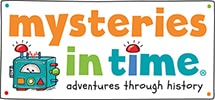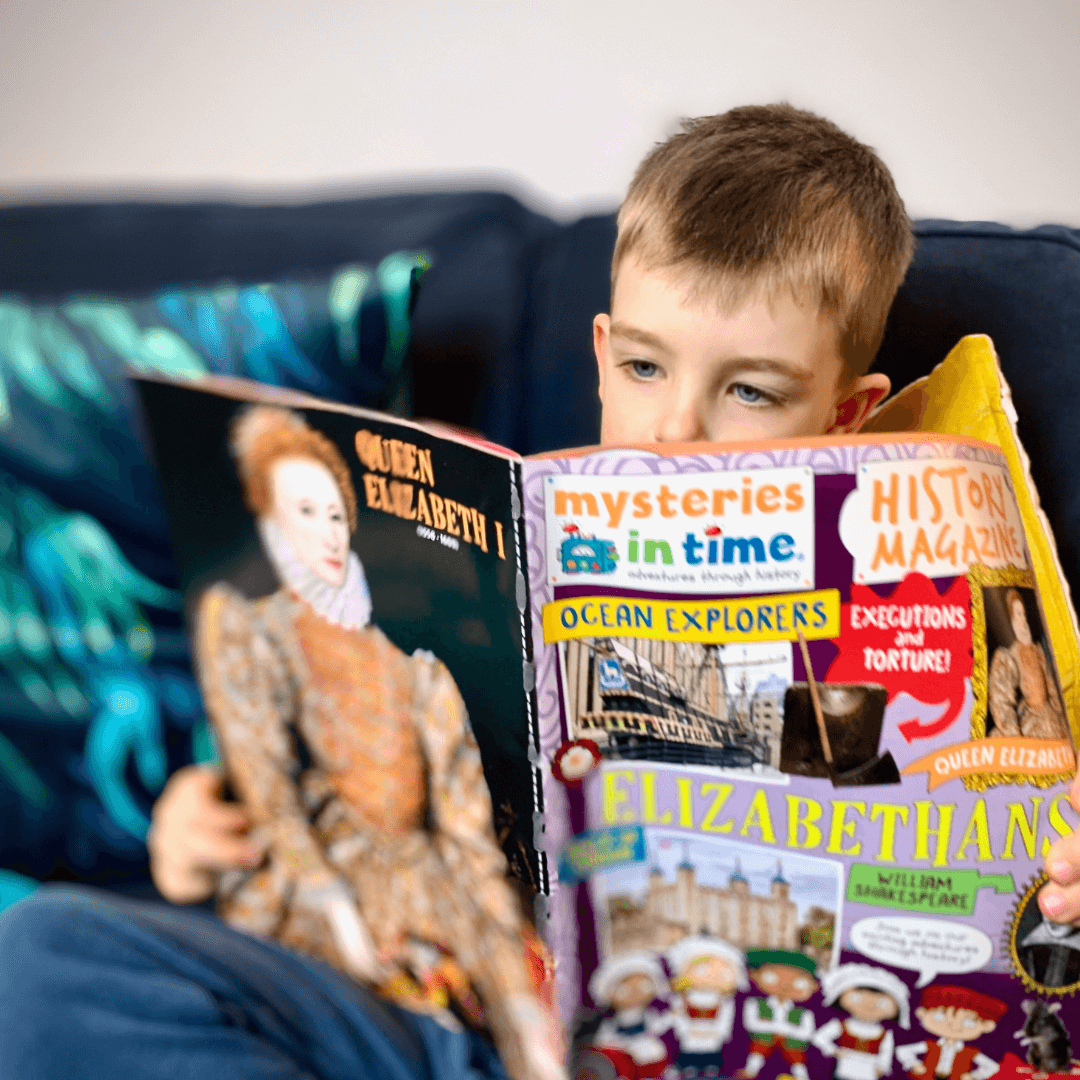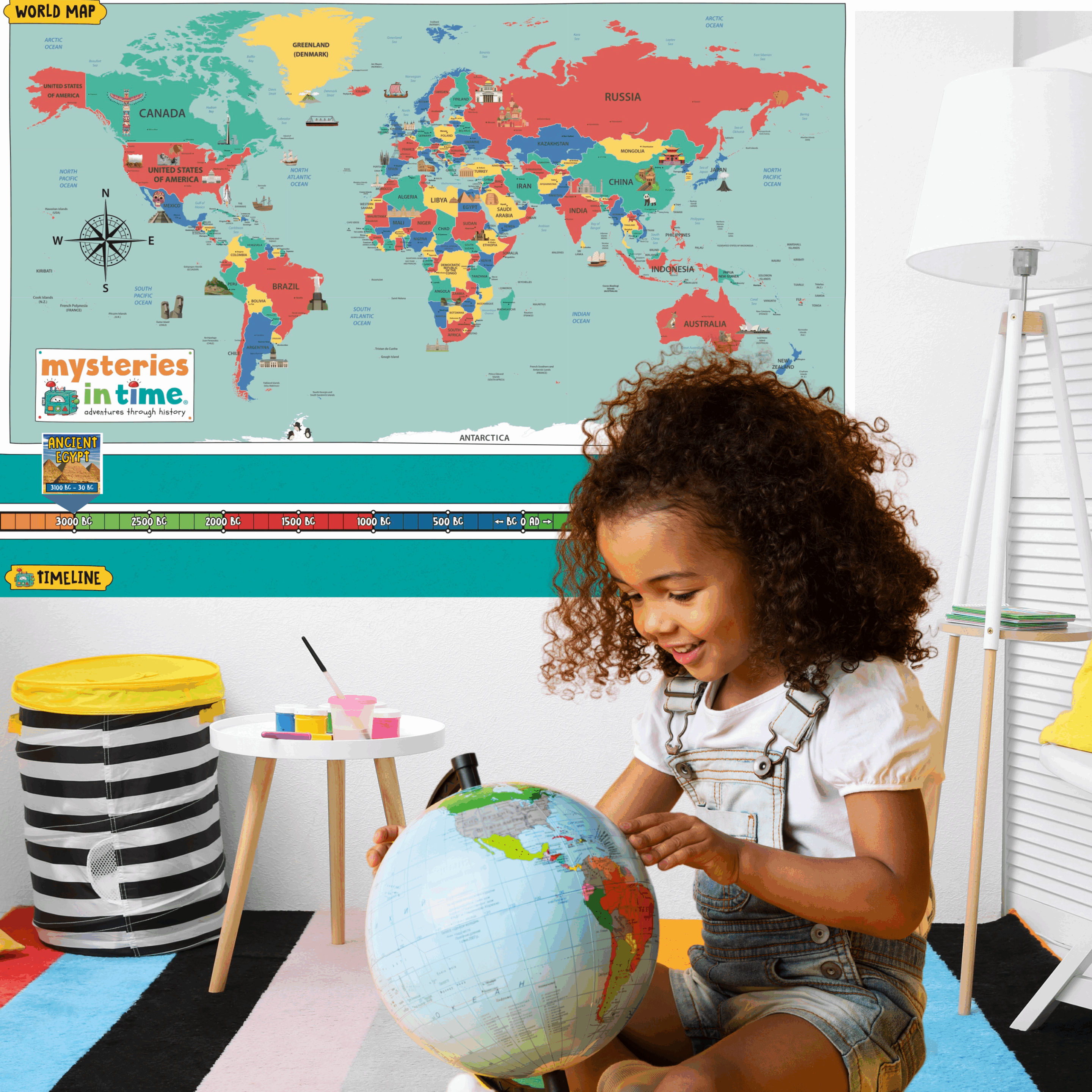Learn history through story-driven adventures
Spark your child’s curiosity this Christmas as they explore the past, learn about the world and build strong reading skills — all through unforgettable, story-driven adventures!
4.9/5 from parents
Screen-free
Trusted by teachers
No adverts
Flexible payment options
Delivered to your door
Explore world history, with everything you need delivered to your door
We make learning simple & fun!
✅
Easy for parents
Ready-made activities that blend fun with learning, no prep required!
✅
Peace of mind
Confidence that children are learning while having fun!
✅
Screen-free time
Keeps children entertained with hands-on activities, no screens in sight!
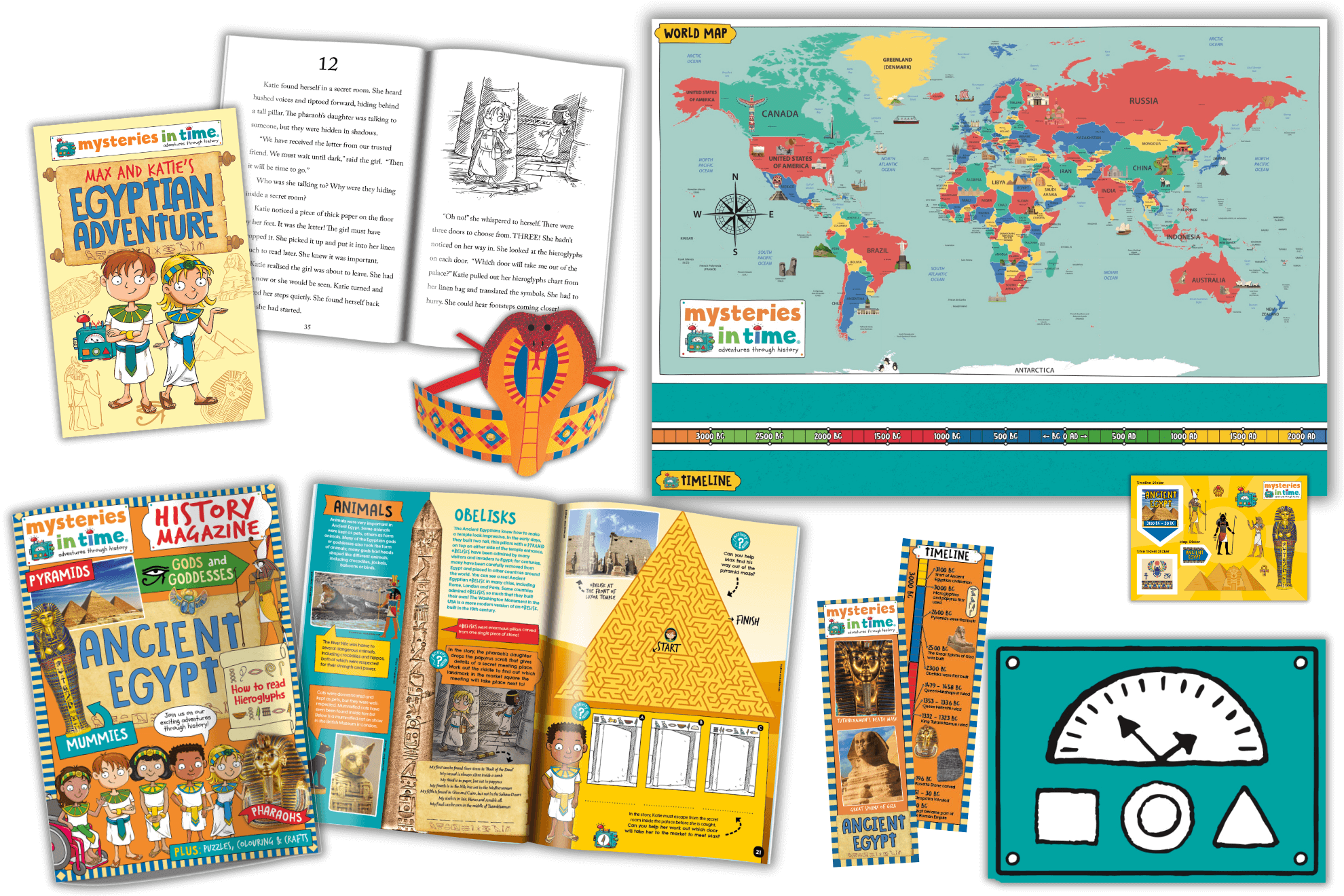
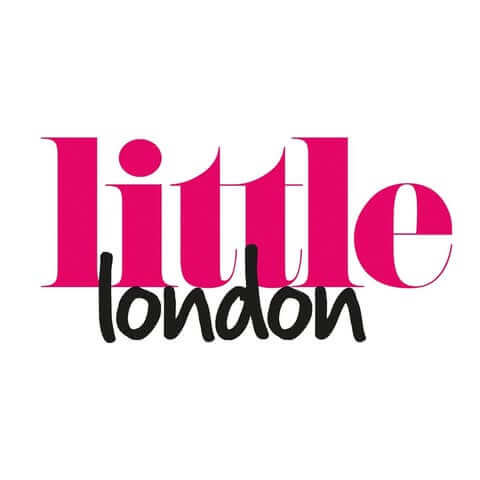


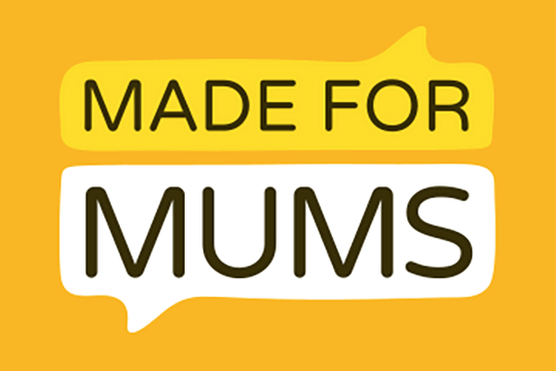


Excellent Value
Worldwide shipping
Multi-currency
Flexible plans
Outstanding quality
Educational
How it works
Choose whether to subscribe or buy individual packs,
then three quick steps to turn curiosity into confidence:
1. Spark excitement with their own delivery
Watch your child’s eyes light up as their very own time machine delivery arrives at your doorstep, addressed just to them!
2. Learn through stories & fun activities
Your child will eagerly dive into the colourful magazine & thrilling story and complete fun activities, crafts & quizzes to bring history to life!
3. Watch skills & curiosity grow
Inspire curiosity & a love of learning as they explore world geography & its history, one adventure at a time!
Adventures delivered worldwide
Countries delivered to
Average rating on Reviews.io
⭐ ⭐ ⭐ ⭐ ⭐
“I would give 100 stars if there was an option!
If you are on the fence, just do it, you won’t be disappointed!”
Ashley Doig
Choose between subscribing and buying from the shop:
Subscribe
From £14.95 / $24.91 / CAD $27.91 / AUD $30.41 / €17.25
✅ Delivered monthly to your door
✅ Flexible payment options: 1-/3-/6-/12-monthly
✅ Cancel renewal any time
✅ Optional upgrade to include gift items
✅ Gift subscriptions & Non-renewing plans
✅ Free UK Shipping
Buy Individual Packs
From £14.95 / $19.95 / CAD $27.95 / AUD $30.95 / €17.95
✅ Choose which packs you want
✅ Delivered in one pack to your door
✅ No renewing payments
✅ Free UK Shipping
Frequently Asked Questions
What age is it for?
Aimed at ages 6–11, but this is only a guide! Kids outside of this range have loved their adventures too.
How many packs are there?
There are 12 themes at the moment – whether you buy from the shop or you subscribe, they are the same adventures.
With a subscription, we choose the order they are sent in; if you want to choose the order, then purchase from the shop!
Can I pause or cancel a subscription?
Yes, you can cancel or skip a renewal at any time! Any months already pre-paid for will still be shipped (no automatic refunds – when you click ‘cancel’ you are cancelling the renewal payments, not ones you have already paid for!). Please control the renewals from your account.
What's the difference between subscribing or buying from the shop?
Simply whatever suits you more!
Subscribers are sent one pack every month; shop-bought individual packs are shipped in one go.
Subscribers can choose payment plans: pay monthly, or pre-pay 3-/6-/12-month plans; shop items are paid for up-front.
Subscribers can choose if they want an optional upgrade gift item; shop-buyers cannot.
What currency can I pay in?
You can pay in: GBP, US$, CA$, AU$, Euro
Home School Resource
Perfect Travel Pack
Top Christmas Gift
Best Birthday Gift
Rainy Day Activities
Teacher Resource
Why Parents & Teachers love Mysteries in Time
Boost Reading Skills
📚 Promotes independent reading – inspires children to read on their own, whether fiction or non-fiction
📖 Makes reading enjoyable – children are excited to dive into the story, so reading time is no longer a struggle
⭐ Supports literacy development – builds reading confidence, vocabulary & comprehension
Spark Creativity & Curiosity
💫 Sparks imagination – encourages creativity & curiosity through adventure-filled stories
🧩 Boosts problem-solving – through crafts, recipes, activities & puzzles
🌍 Inspires curiosity about the world – inspires them to explore, discover & feel more connected to the wider world
Encourage love of learning
🏺 Builds a love of history – helps children connect with the past in an enjoyable, memorable way
🗺️ Connects geography & history – build their own timeline with stickers to create a visual picture of how world geography and history connect
⭐ Blends fun with learning – kids absorb real historical facts without even realising it
⭐ ⭐ ⭐ ⭐ ⭐
“I had a super reluctant reader…
By the end of the subscription
he devours the books in a couple of days…
and now a world of books awaits him!”
Cheryl Kenny





Spark Creativity
Learn Geography
Learn History
Reading Skills
Critical Thinking
Increase Curiosity
Choose your Subscription Plan
Choose your currency, then choose your payment plan:
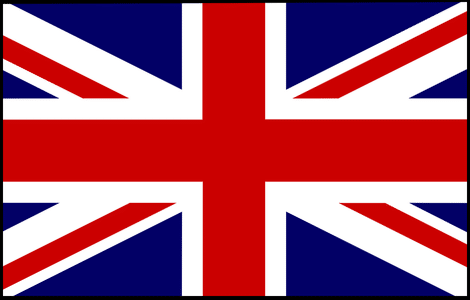

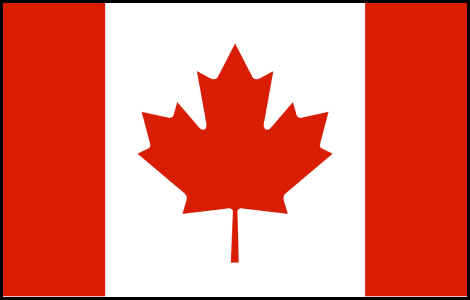

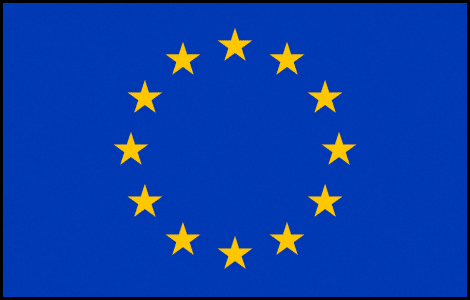
Monthly
£16.95 billed every 1 month- Free UK shipping
- New delivery every month
- Cancel or pause your next 1-month renewal at any time
3 Months
£49.35 billed every 3 months- Free UK shipping
- New delivery every month
- Cancel or pause your next 3-month renewal at any time
6 Months
£95.70 billed every 6 months- Free UK shipping
- New delivery every month
- Cancel or pause your next 6-month renewal at any time
12 Months
£179.40 paid once at check-out- Free UK shipping
- New delivery every month
- No cancellation or renewal: expires after 12 months

Monthly
$27.95 + shipping billed every 1 month- New delivery every month
- Cancel or pause your next 1-month renewal at any time
3 Months
$79.95 + shipping billed every 3 months- New delivery every month
- Cancel or pause your next 3-month renewal at any time
6 Months
$155.95 + shipping billed every 6 months- New delivery every month
- Cancel or pause your next 6-month renewal at any time
12 Months
$298.95 + shipping paid once at check-out- New delivery every month
- No cancellation or renewal: expires after 12 months
Monthly
CA $31.95 + shipping billed every 1 month- New delivery every month
- Cancel or pause your next 1-month renewal at any time
3 Months
CA $92.95 + shipping billed every 3 months- New delivery every month
- Cancel or pause your next 3-month renewal at any time
6 Months
CA $178.95 + shipping billed every 6 months- New delivery every month
- Cancel or pause your next 6-month renewal at any time
12 Months
CA $334.95 + shipping paid once at check-out- New delivery every month
- No cancellation or renewal: expires after 12 months
Monthly
AU $34.95 + shipping billed every 1 month- New delivery every month
- Cancel or pause your next 1-month renewal at any time
3 Months
AU $100.95 + shipping billed every 3 months- New delivery every month
- Cancel or pause your next 3-month renewal at any time
6 Months
AU $194.95 + shipping billed every 6 months- New delivery every month
- Cancel or pause your next 6-month renewal at any time
12 Months
AU $364.95 + shipping paid once at check-out- New delivery every month
- No cancellation or renewal: expires after 12 months
Monthly
€19.95 + shipping billed every 1 month- New delivery every month
- Cancel or pause your next 1-month renewal at any time
3 Months
€56.95 + shipping billed every 3 months- New delivery every month
- Cancel or pause your next 3-month renewal at any time
6 Months
€110.95 + shipping billed every 6 months- New delivery every month
- Cancel or pause your next 6-month renewal at any time
12 Months
€206.95 + shipping paid once at check-out- New delivery every month
- No cancellation or renewal: expires after 12 months
Looking for shop or Classroom Packs?
